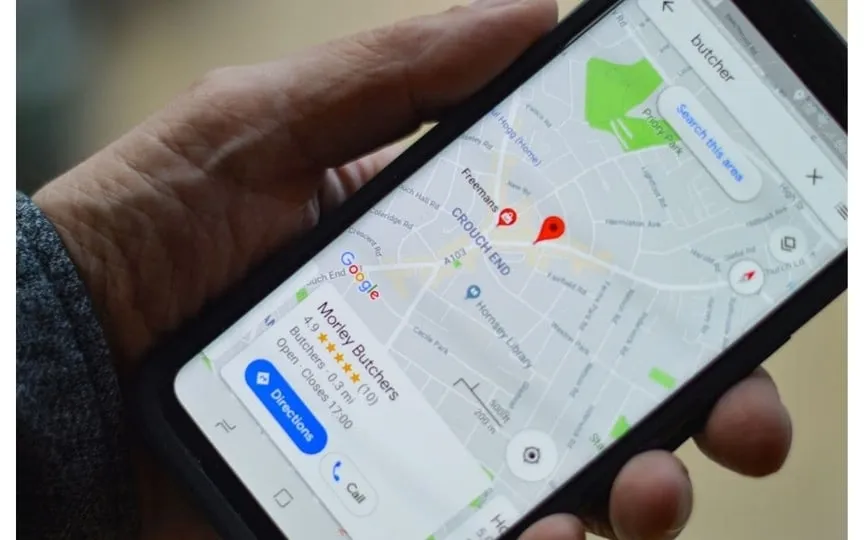Google Maps revamps Android navigation interface with a more streamlined design and updated features
Google Maps, a popular choice for Android users seeking navigation assistance, has continuously undergone updates to ensure its continued usefulness and relevance. Recent changes have included the addition of location-specific weather details and a visual overhaul, bringing the app more in line with the aesthetics of iOS. Now, a new redesign of the navigation layout is imminent, offering an improved user experience.
Redesigned navigation interface
The Google Maps navigation interface usually appears when you select a destination. Initially, tapping a location marker calls up a card at the bottom of the screen, providing quick access to start navigation and options to view photos, reviews, and accessibility information. This card can be expanded for a comprehensive view, making it easier to access reviews and other location information. 9to5Google reports that Maps version 11.113 will bring subtle but noticeable changes to this interface, albeit for a limited number of users.
While the widespread adoption of these changes on Android is still in progress, early adopters have noticed several significant changes. In particular, the bottom card now has rounded corners when the pin is dropped, as well as separate buttons for sharing a location and discarding a card, simplifying navigation. In addition, the expansion of maps such as cities and landmarks no longer takes up the entire screen, helping to distinguish between expanded maps and full-screen interfaces.
Improved user interaction
In addition to these improvements, the navigation interface has a modernized look. The traditional start and destination banner has been replaced by a floating box with rounded edges, providing a more elegant visual presentation. In addition, users can seamlessly switch between modes of transport on the base map, streamlining the navigation process by providing ETA estimates directly below the selected mode.
Although the subcard is expandable, it no longer becomes a full-screen interface. However, it retains its functionality and displays step-by-step instructions and relevant information such as estimated traffic jams in a user-friendly way.
In short, Google’s ongoing efforts to improve Maps underscore its commitment to providing a seamless navigation experience for Android users, promising improved functionality and user interaction in the latest redesign.




